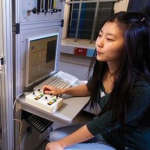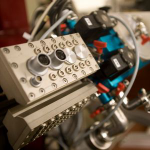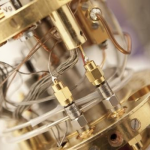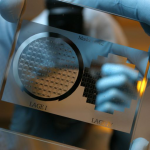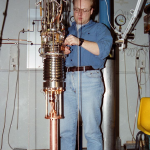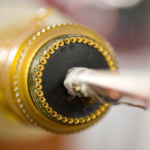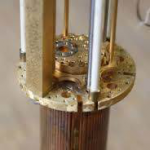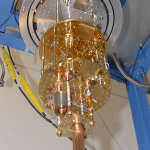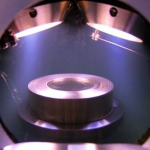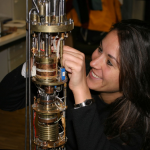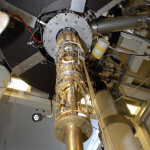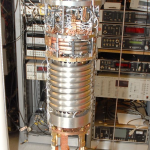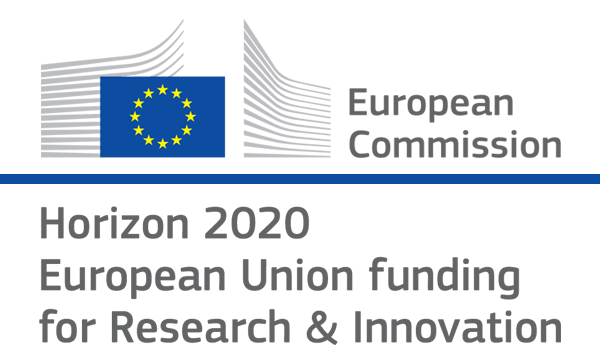

- Photon Transport in a Bose-Hubbard Chain of Superconducting Artificial Atoms
G. P. Fedorov et al., Phys. Rev. Lett. 126, 180503 (2021) - Path-Dependent Supercooling of the
He3 Superfluid A-B Transition
Dmytro Lotnyk et al., Phys. Rev. Lett. 126, 215301 (2021) - Superconductivity in an extreme strange metal
D. H. Nguyen et al., Nat Commun 12, 4341 (2021) - High-Q Silicon Nitride Drum Resonators Strongly Coupled to Gates
Xin Zhou et al., Nano Lett. 21, 5738-5744 (2021) - Measurement of the 229Th isomer energy with a magnetic micro-calorimeter
T. Sikorsky et al., Phys. Rev. Lett. 125 (2020) 142503
Steady-state Kelvin spectrum for a harmonically driven vortex at finite temperatures
R. HänninenWe determine numerically the steady-state spectrum for Kelvin waves on a superfluid 4He vortex that is driven by shaking its end points and damped by mutual friction. The relaxation rate towards a steady state is determined by the mutual friction. We have reached the zero temperature limit where the steady-state spectrum and the vortex length become independent of the temperature. Our drive with pointlike pinning sites produces a characteristic spectrum with |wm| µ m−h , where h ≈ 1.88. The spatially sharply peaked drive and the fact that we are fixing the oscillation amplitude, not the power, causes that there exists no high k cutoff from mutual friction even when mutual friction is large. This spectrum is generic to the pinned boundary conditions used. Without pinning the spectrum is sensitive to the drive. The spectrum even depends on the amplitude of the initial spectrum if vortex is allowed to relax on its own. Therefore, in real systems the Kelvin spectrum is not unique and depends on external conditions.
arXiv:1104.4926
